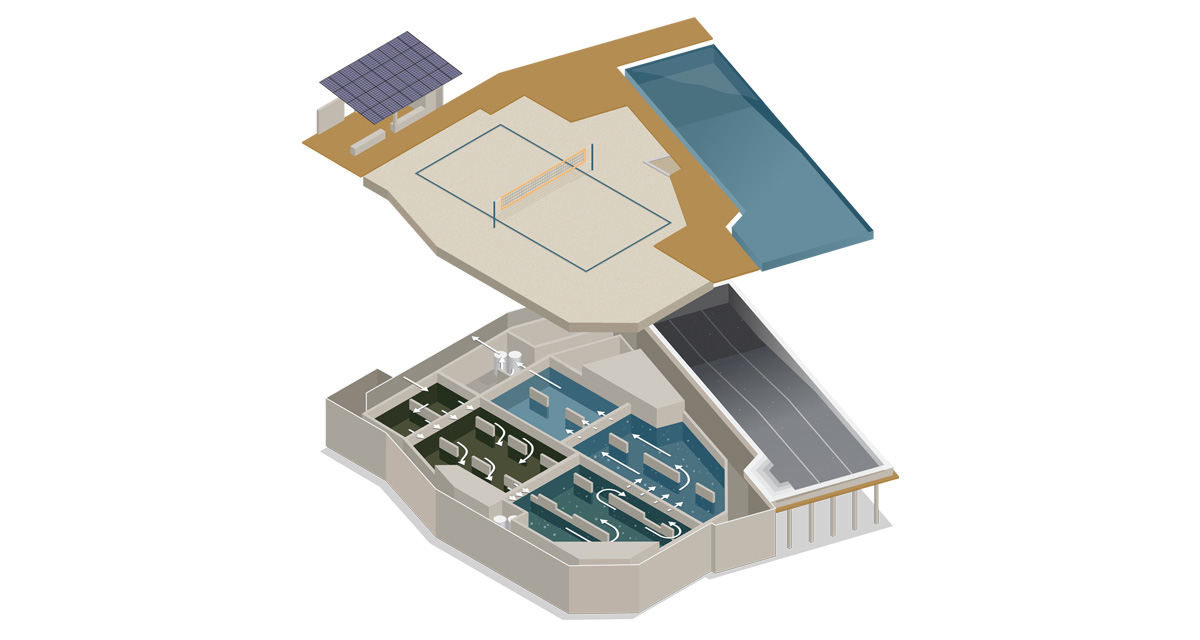Energy Saving
The Phi Suea House is 100% self-sustainable. In order to efficiently manage the energy collected by our hydrogen storage system, it is important that we integrate environmentally sound principles at every stage of the project.

Energy Efficient Construction Materials
We ran product simulations to gain a thorough understanding of the materials’ environmental impact. Below is a sample of the materials, chosen to maintain a lowest possible carbon footprint.
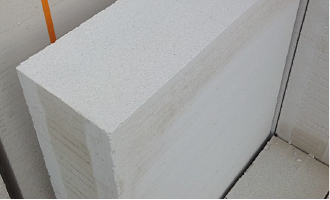
Autoclaved aerated concrete blocks (Qcon)
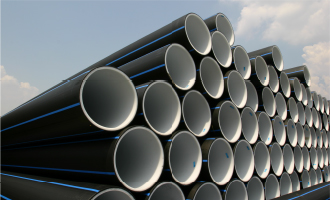
HDPE Pipe - reduced maintenance

Insulated double glass Low E coat
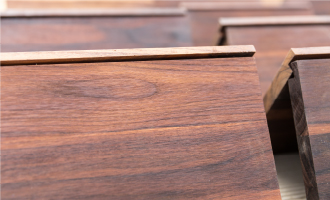
Handcraft wood working
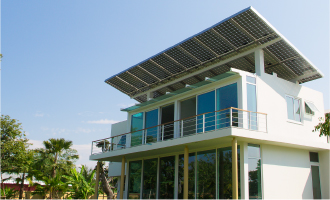
Solar Cell Panels
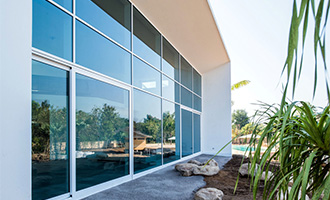
Heat insulated window frame

Energy Smart Architecture & Design
By integrating energy-efficient systems and designs, not only do we reduce our long-term carbon footprint, but also facilitate the maintenance of our environmentally conscious lifestyle.
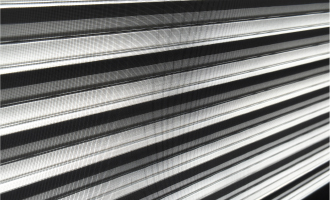
Windflow System
Open-air vents in the buildings maximize the building’s air circulation, while taking advantage of Thailand’s monsoon.
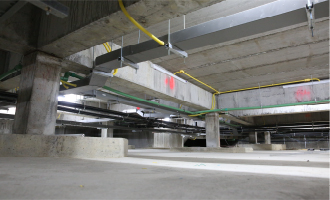
Maintenance Basement
A sealed and protected 1.65 m high maintenance basement, under the entire main house, allows easy access to piping and wiring maintenance.
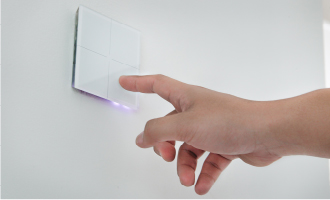
KNX Automation
An international barrier-free building control system is installed for increased convenience and energy saving potential.
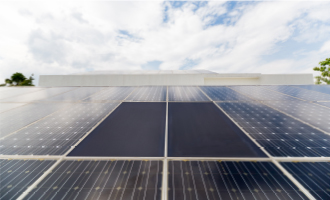
Solar Water Heating System
To warm up water for bathroom and kitchen-use, we harness direct heat from the sun. The hot water system works by circulating water in a tank through solar thermal collectors. The insulated system can hold water at over 80˙C for several days.
